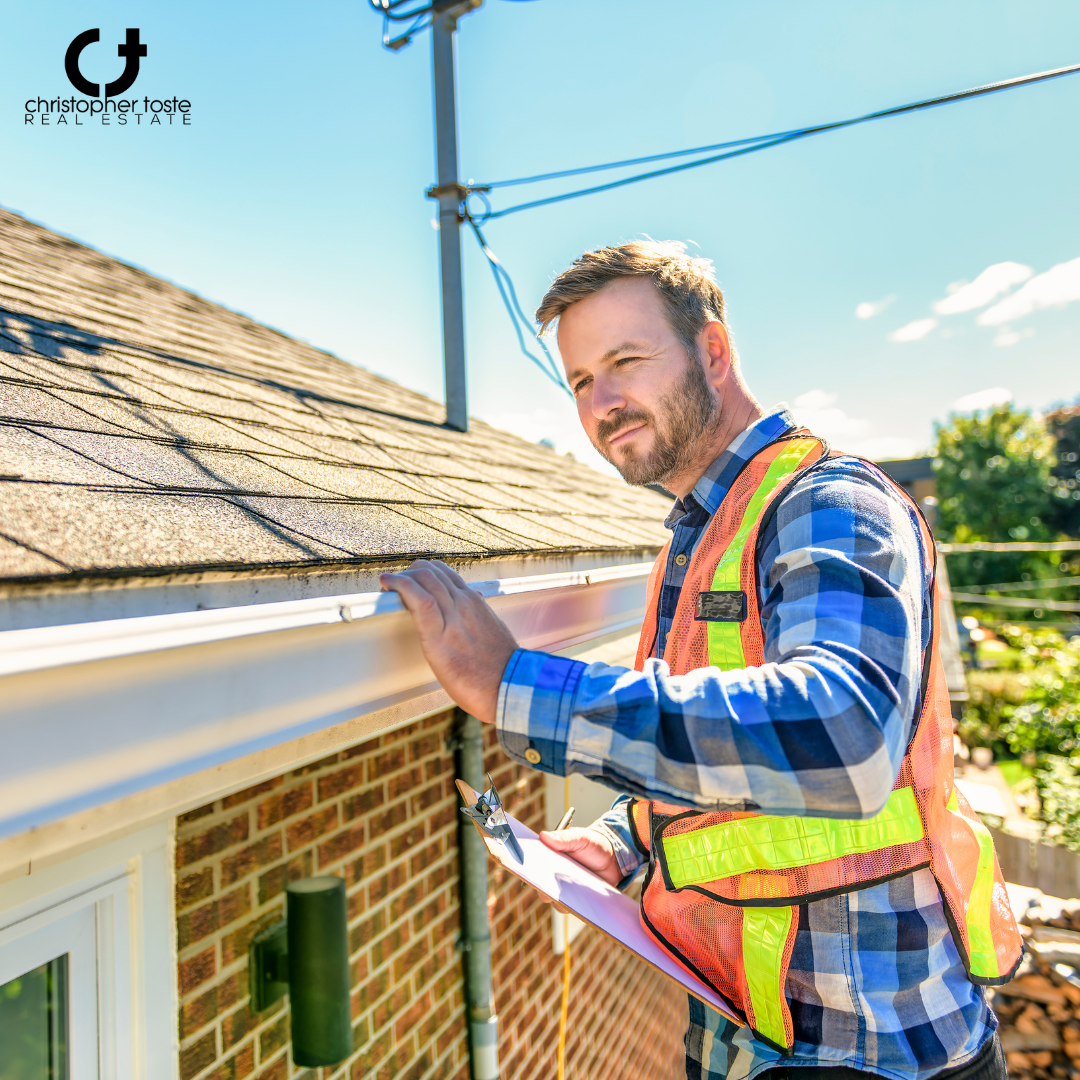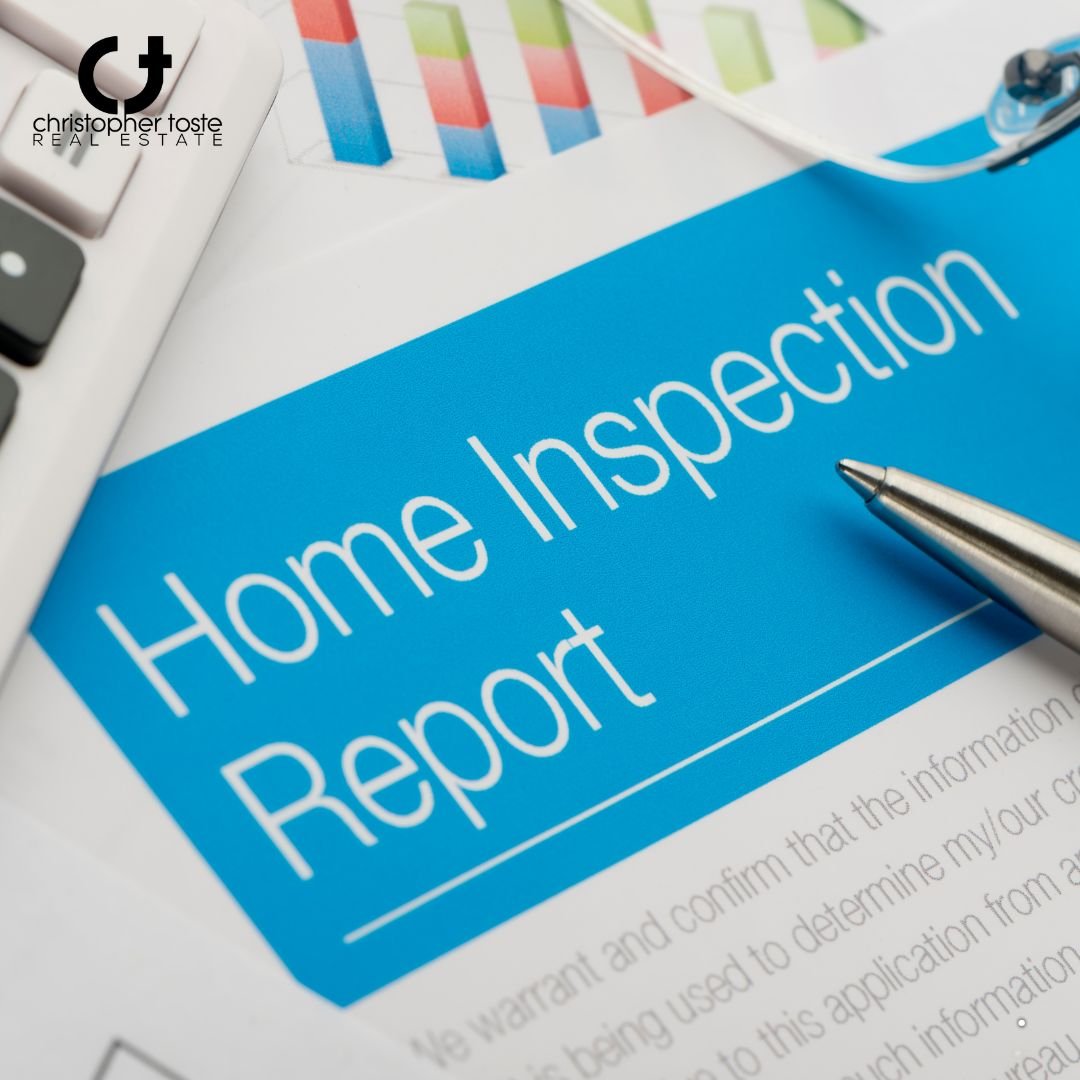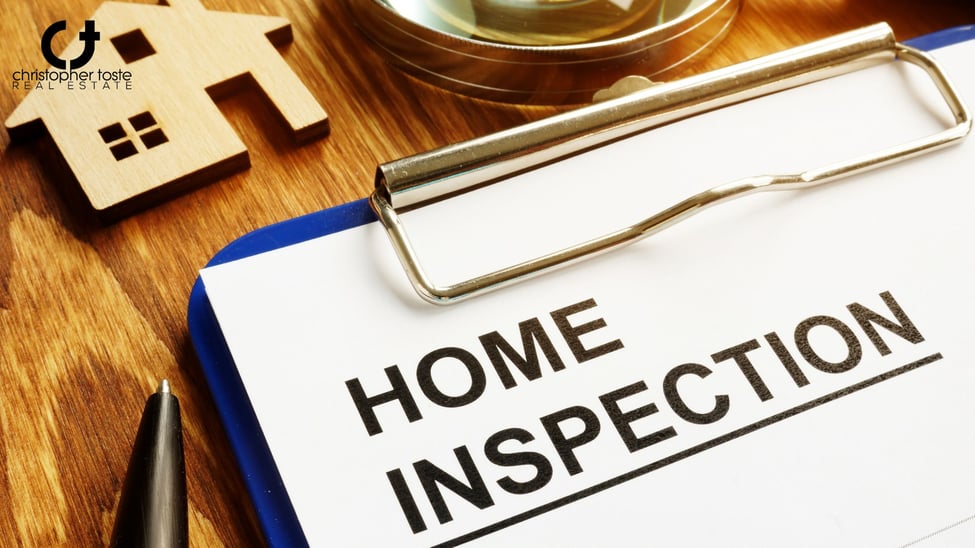Buying a home is a significant investment, and understanding the ins and outs of the process is crucial for making informed decisions. One essential step in the home buying journey is the home inspection. In this blog post, we'll delve into the home inspection process, explaining what it entails and why it's so important for buyers.
What is a Home Inspection?
A home inspection is a comprehensive examination of a property's condition, typically conducted by a licensed professional known as a home inspector. The purpose of the inspection is to identify any issues or defects that may affect the home's safety, integrity, or value. This includes examining the structural components, mechanical systems, and overall condition of the property.
Why is a Home Inspection Important?
A home inspection provides buyers with invaluable insights into the condition of the property they're considering purchasing. It helps uncover any hidden problems that may not be apparent during a casual walkthrough. By identifying issues early on, buyers can make informed decisions about whether to proceed with the purchase, renegotiate the terms of the sale, or request repairs from the seller.
What Does a Home Inspection Cover?
During a home inspection, the inspector will assess various aspects of the property, including:
1. Structural Components: This involves examining the foundation, walls, roof, and other structural elements for signs of damage or deterioration.
2. Electrical Systems: The inspector will check the wiring, outlets, circuit breakers, and electrical panels to ensure they're functioning properly and meet safety standards.
3. Plumbing Systems: Plumbing inspections include checking for leaks, water pressure issues, drainage problems, and the condition of pipes, fixtures, and water heaters.
4. HVAC Systems: Heating, ventilation, and air conditioning systems are evaluated to ensure they're in good working order and adequately heating or cooling the home.
5. Interior and Exterior Features: The inspector will inspect interior features such as doors, windows, floors, ceilings, and walls for damage or defects. Exterior inspections cover siding, trim, windows, doors, decks, and landscaping.

What Happens After the Inspection?
After completing the inspection, the inspector will provide a detailed report outlining the findings, including any issues or concerns discovered during the inspection. Buyers can then review the report and decide how to proceed. Depending on the severity of the issues identified, buyers may choose to:
● Proceed with the purchase as planned
● Negotiate with the seller to address the issues or request repairs
● Renegotiate the terms of the sale based on the inspection findings
● Walk away from the deal if the issues are too significant or costly to address

In conclusion, a home inspection is a critical step in the homebuying process that provides buyers with essential information about the condition of the property. By understanding what to expect during a home inspection and how to interpret the findings, buyers can make confident and informed decisions about their real estate investments.

